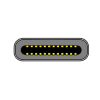Charging Technology Speed Performance Benchmarking
Chargers and Power Banks
Headphone & Speakers
Cases & Covers
Virtual Reality
Cables & Adapters
Media Player
Laptop
Tablet
Desktop
Cell Phone
Printers & Copiers
Memory Cards
TV
Computer Display
Game Console
Smart Home
Wearable Technology
Photo & Video Camera
Car Electronics
Car
Networking Equipment
Smart Toys
Home Audio & Video
Professional & Industrial
Storage Drive
Docking Station
Game Console Controllers
Set-top box
Keyboard, Mice, & Stylus
Portable Music Player
Computer Parts & Components
Cordless & Speakerphones
Projector
Software
Reporting
PD + QC3 Charger
by Capdase





Interested in this product?
Capdase's Ranger SUPER2P45 QC 3.0 and USB-C PD Wall Charger Offers 3-in-1 Charging with USB Power Delivery, Qualcomm Quick Charge and SuperCharge Protocol

While most chargers typically support one or two charging technologies, the Capdase Ranger SUPER2P45 QC 3.0 and USB-C PD Wall Charger is unique in that it has three different charging technologies bundled in a single charger. This is one of the few chargers that can support all major charging standards- USB Power Delivery 2.0, Qualcomm Quick Charge 3.0 and SuperCharge Protocol, allowing you to charge multiple devices quickly.
The Capdase charger provides USB Power Delivery charging up to 45 watts from its USB Type-C port for charging your latest iPhone like the Apple iPhone XS Max or Android phones such as Google's Pixel 3 XL and the Samsung Galaxy S10 Series fast at 9-12 volts or power your tablets like Apple's 11-inch iPad Pro (2018) at 15-20 volts. The charger also has a USB Type-A port to offer a total 18 watts of Qualcomm Quick Charge charging for Qualcomm Quick Charge enabled phones such as LG, Xiaomi and the Samsung Galaxy S9+ phones as well as SuperCharge Protocol charging for Huawei's SuperCharge enabled phones like the P20 and Mate 10.
Here's a closer view of the Capdase Ranger SUPER2P45 QC 3.0 and USB-C PD Wall Charger which we purchased in Penang, Malaysia recently.
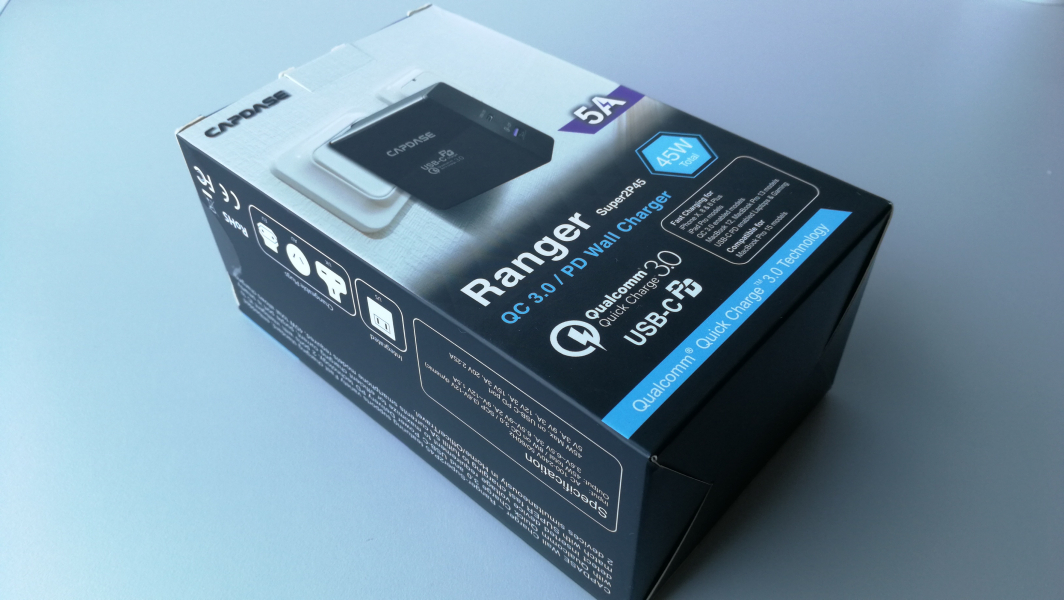
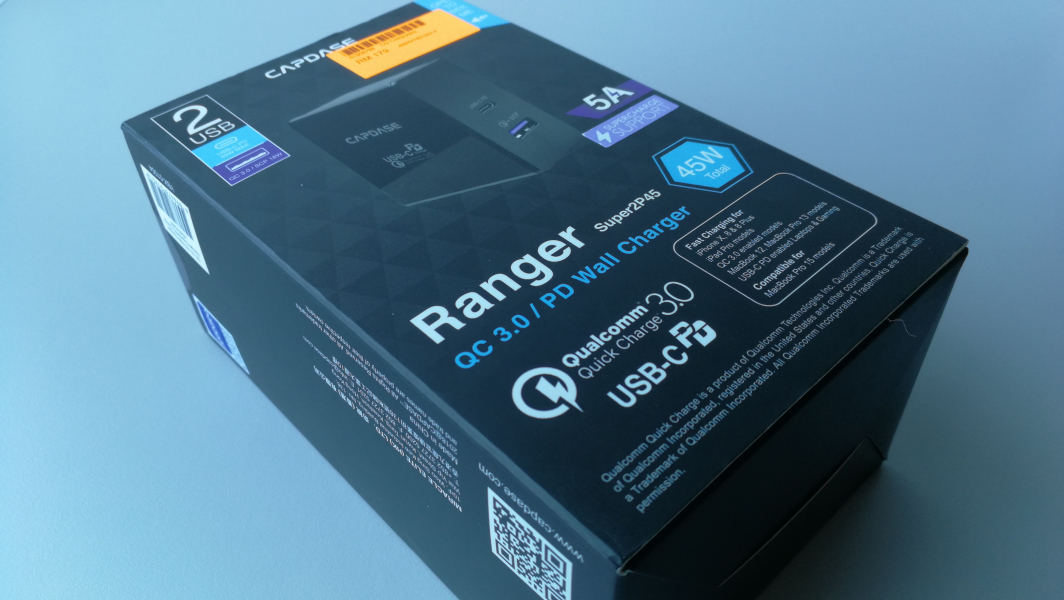
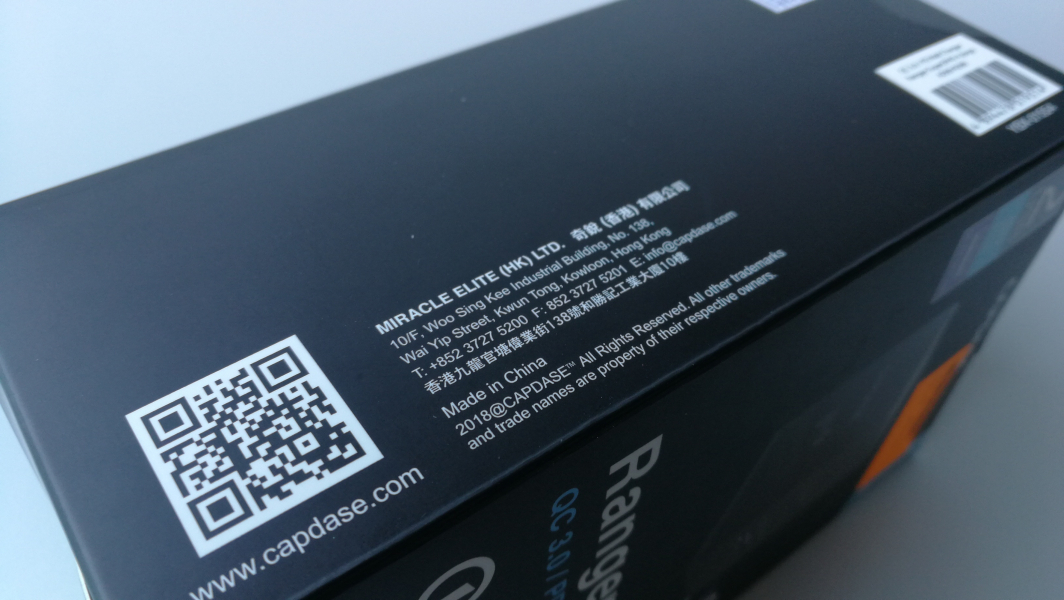
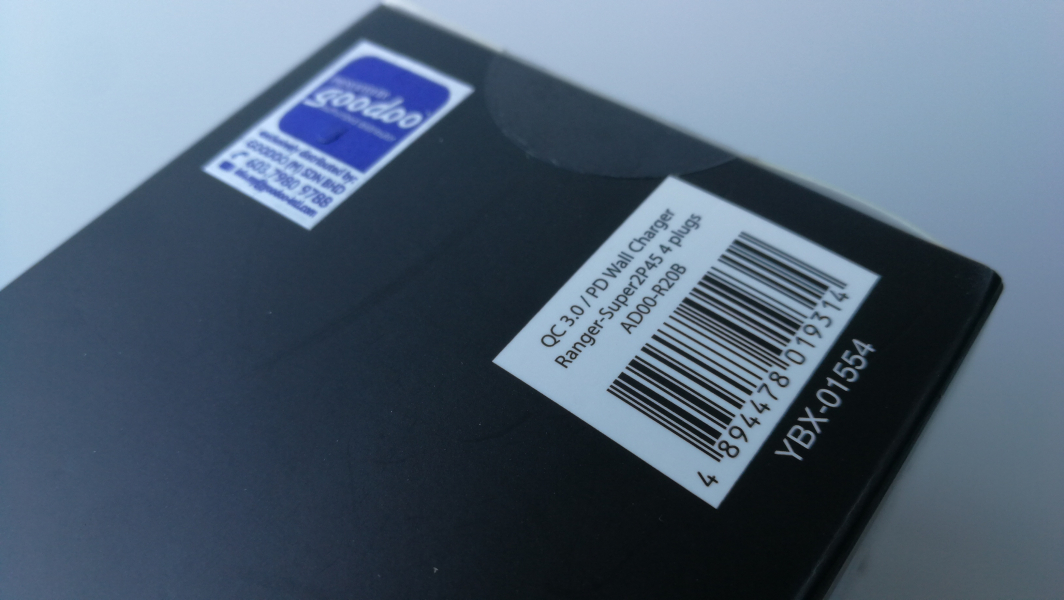

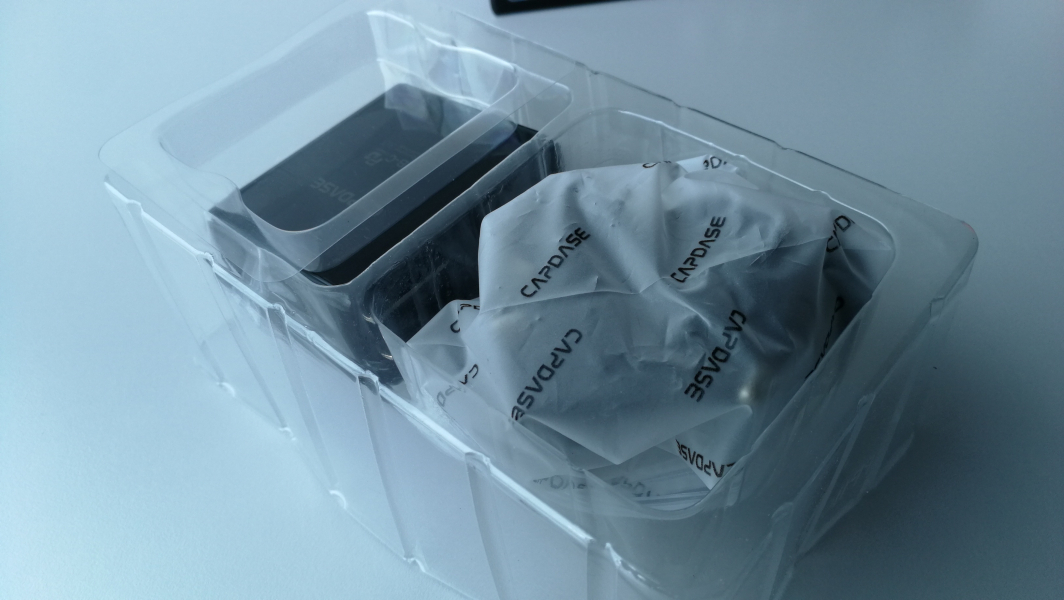
The Capdase Ranger SUPER2P45 QC 3.0 and USB-C PD Wall Charger comes with multiple travel ac plug adapters to support different regions. Unfortunately the charger is not supplied with any USB cable which could have been useful.
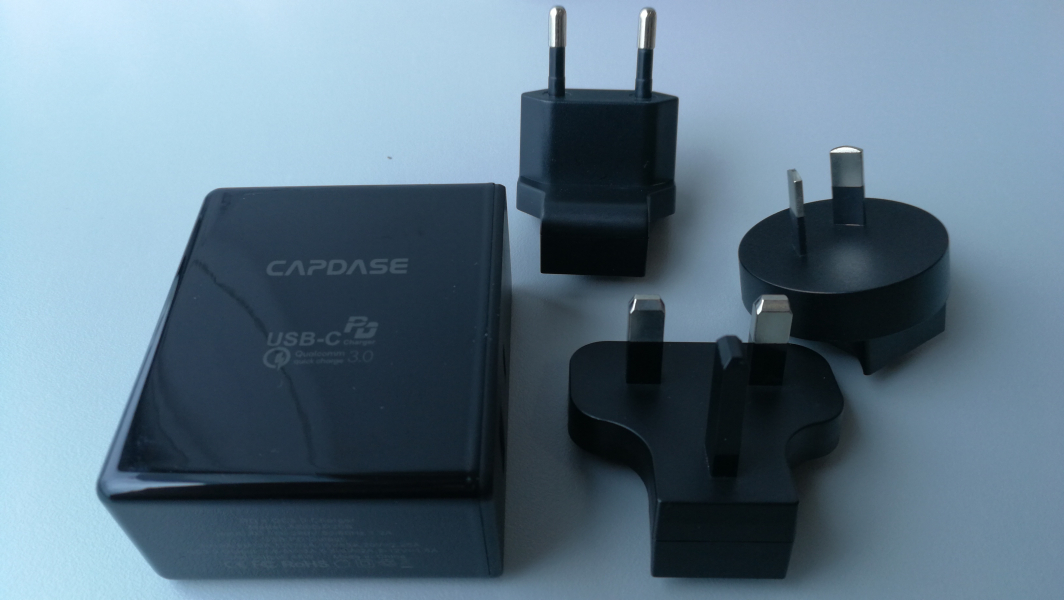

The charger has foldable ac wall prongs for plugging into a ac wall socket for own power supply.
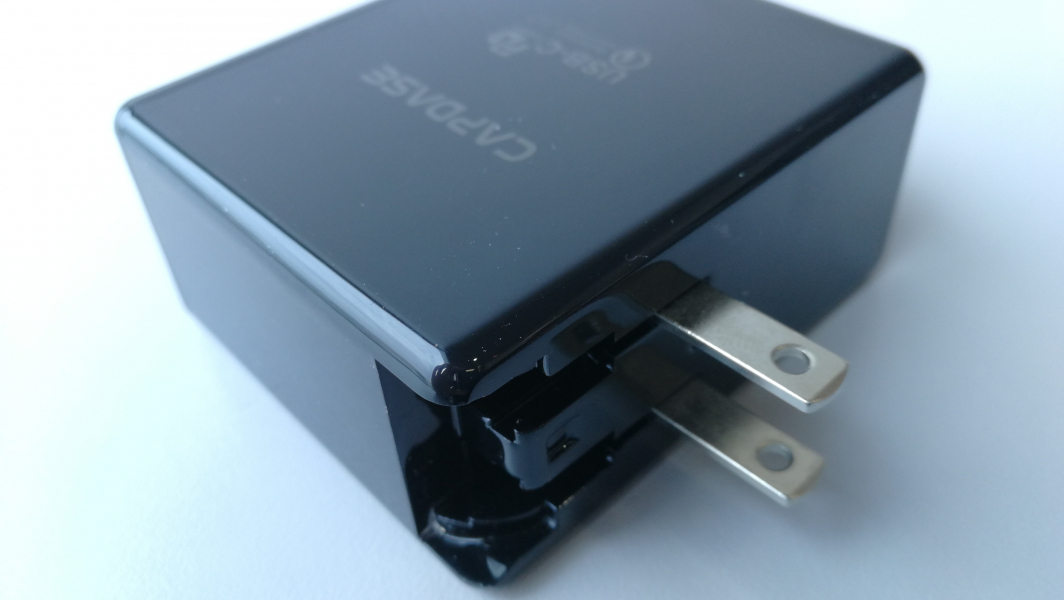
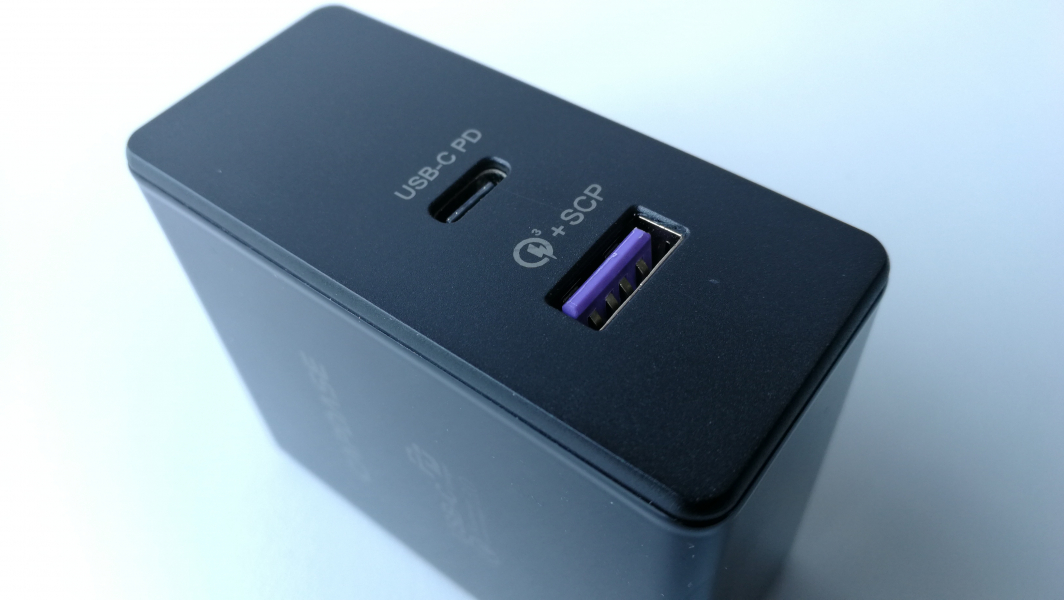
The USB Type-C port supports 15 watts (5 volts @ 3 amps), 27 watts (9 volts @ 3 amps), 36 watts (12 volts @ 3 amps), 45 watts (15 volts @ 3 amps) and 45 watts (20 volts @ 2.25 amps) of output charging using USB Power Delivery 2.0.
The USB Type-A port which is marked purple supports Qualcomm Quick Charge or SuperCharge Protocol and can at most supply 18 watts using 3.6-6 volts @ 3 amps, 6.5-9 volts @ 2 amps and 9-12 volts @ 1.5 amps power profiles. This port will provide up to 5 amps charging if used with a Huawei phone that supports SuperCharge technology or up to 3 amps if connected to a Huawei phone that doesn't support SuperCharge.
It's fastest to charge your USB Power Delivery capable devices directly using a 3A USB Type-C cable or USB Type-C to Type-A cable if you want to charge non USB Power Delivery capable devices. For SuperCharge based charging, make sure to use a appropriate 5A cable with your SuperCharge enabled devices.
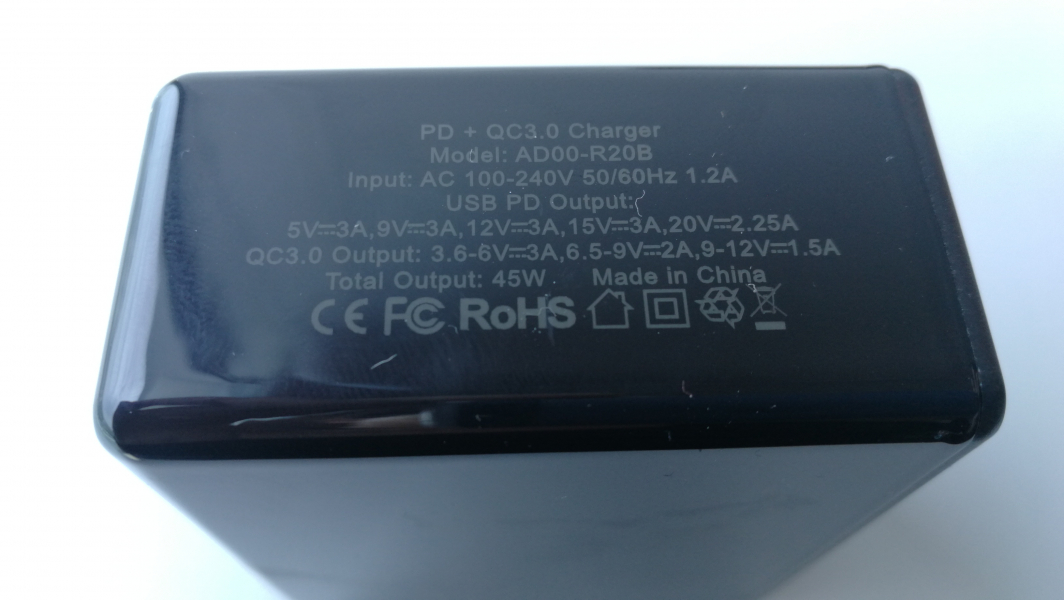
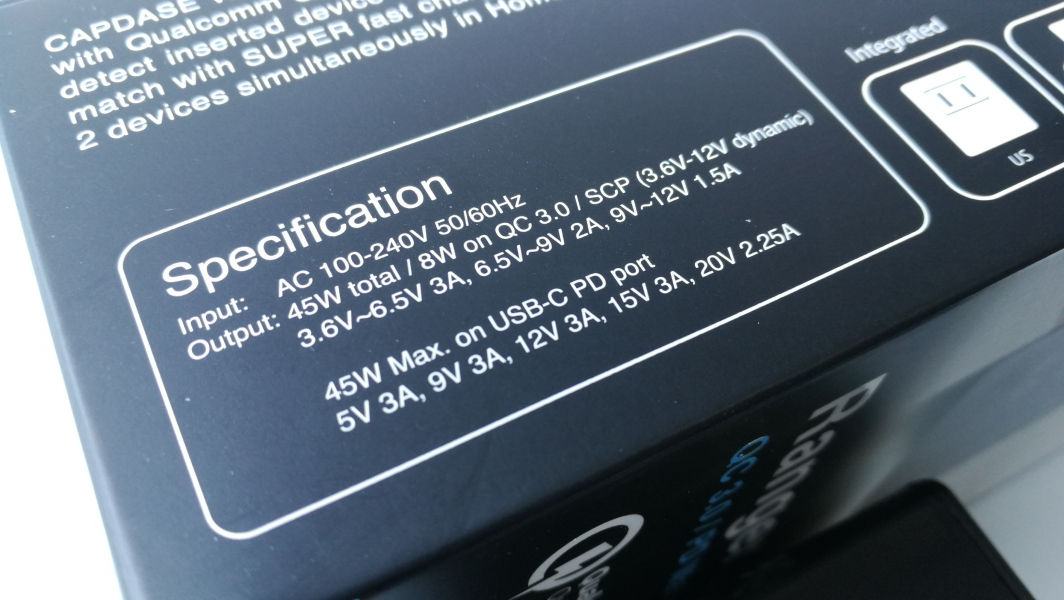
With various fast charge combo in a single charger, you can simply use the Capdase Ranger SUPER2P45 QC 3.0 and USB-C PD Wall Charger to charge almost every other phones in the market today.
To see how power is supported by the Capdase Ranger SUPER2P45 QC 3.0 and USB-C PD Wall Charger, we used the USB Power Test App from Granite River Labs with the Granite River Labs USB Power Delivery Compliance C2 Tester to generate the following test results.
The USB Power Test App first negotiates a power contract for every PDO supported by the Capdase charger, and increases the load gradually to find the threshold where over current protection (OCP) kicks in and voltage and current start to drop for safety reasons.

The USB Power Test App reports out all the PDO's supported by the Capdase charger and their OCP thresholds. The OCP thresholds above the maximum current levels for this charger are very high which should be around 10-20% for best practices.
Note the 5th PDO of 45 watts (18 volts @ 2.5 amps) is missing from the charger's specs for some reason.
| PDO | OCP (A) | %OCP |
|---|---|---|
| PDO#1 Fixed: 5V 3A | 4.06 | 135.3% |
| PDO#2 Fixed: 9V 3A | 4.64 | 154.8% |
| PDO#3 Fixed: 12V 3A | 4.14 | 138.1% |
| PDO#4 Fixed: 15V 3A | 4.45 | 148.4% |
| PDO#5 Fixed: 18V 2.5A | 3.94 | 157.7% |
| PDO#6 Fixed: 20V 2.25A | 3.78 | 168.2% |
The USB Power Test App from Granite River Labs also produces an I-V curve which graphically shows the relationship between voltage and current for each PDO. We can observe other than the 5V and 20V PDO's, the rest of the PDO's display current fold-back behavior where as the current increases beyond the OCP threshold, the voltage starts to bend down rather than immediately shutting off. The 9V and 15V PDO's show more dramatic current fold-back behavior compared to the rest.
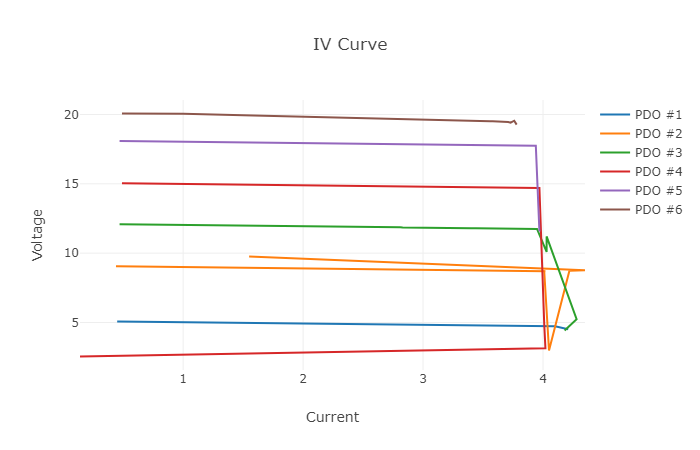
The USB Power Test App can also use the Granite River Labs USB Power Delivery Compliance C2 Tester integrated with the GW Instek APS-7100 programmable AC power supply to compare the charger's power output vs power input so that power efficiency can be measured and compared to regulatory limits from United States of Energy (DOE) Level VI or European Union's CoC Tier 2 requirements. We can repeat the power efficiency tests for different PDO's, current load conditions, and different AC input ranges, allowing us to get a complete picture of power efficiency ranges across all different usage scenarios.
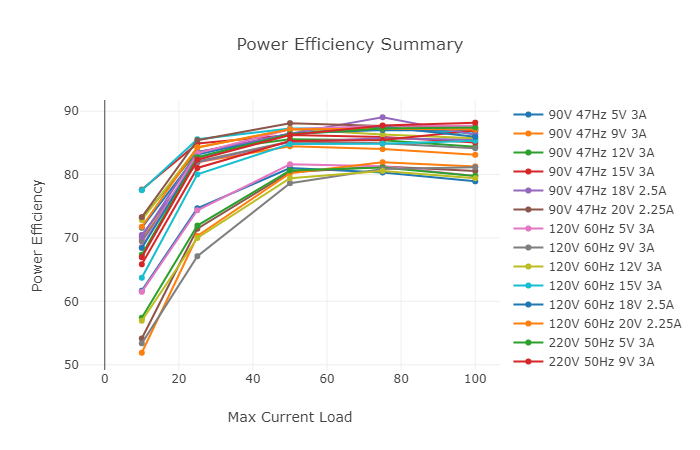
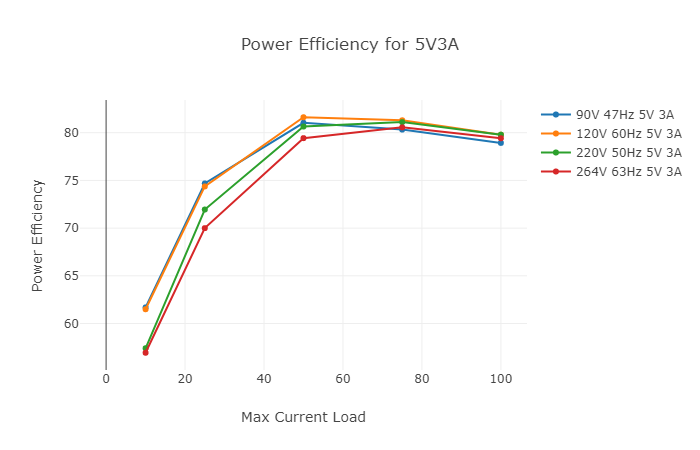
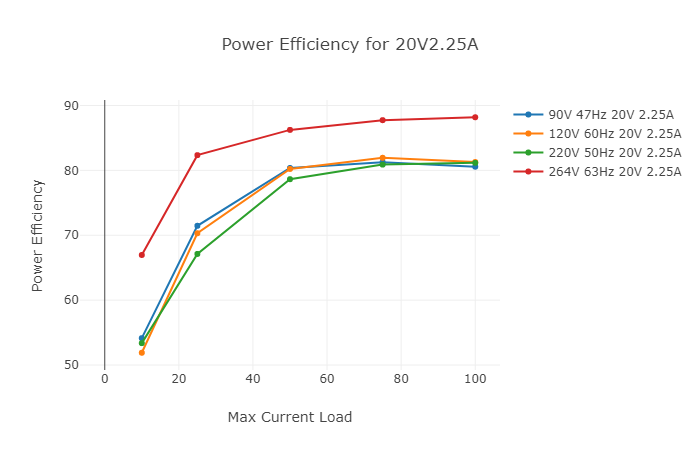
In the next coming reviews we'll find out more on how the Capdase Ranger SUPER2P45 QC 3.0 and USB-C PD Wall Charger works with various existing Type-C devices.
View Full Article
USB PD Charging Technologies & Battery Life Benchmarking
Featured Products
 GTrusted
GTrusted






